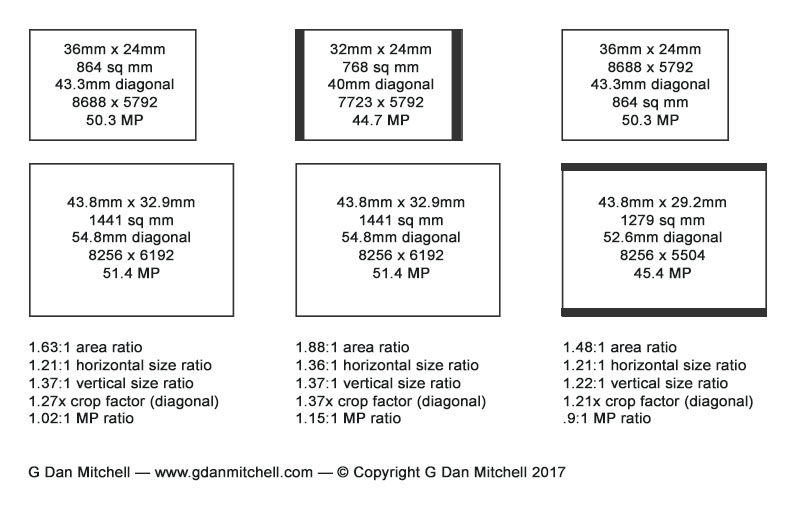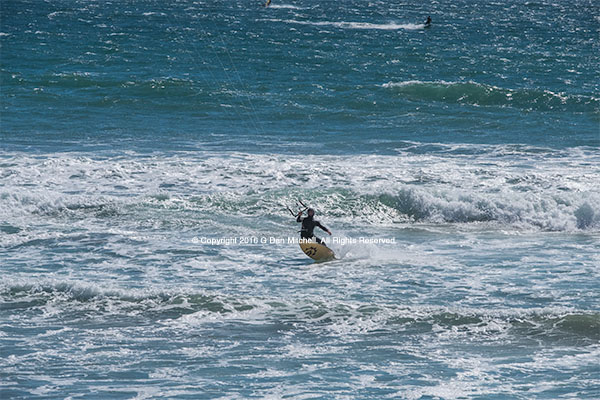A photographer and friend asked me for my thoughts on mini medium format, or “miniMF,” camera systems. I told her the answer was complex and that I’d write it up at the blog. Here it is!
I have attempted to include several things in the article: a bit of background regarding formats, some objective facts (“the numbers”) about them and their relationships, pluses and minuses of various options, my own current subjective thoughts on what this means to me, and a few alternative perspectives.
The evolution of digital medium format cameras has been among the most interesting photographic developments over the past few years. High MP backs from companies like Phase One and Leaf became the high-end standard for digital image making, and other companies have recently entered the market. The larger sensors may provide improved image quality in several ways: greater system resolution, greater pixel resolution, improved dynamic range, less noise, and more.
It wasn’t that long ago that digital formats larger than full frame were out of reach for nearly all photographers, with costs that were frequently many tens of thousands of dollars, often for only the digital back, which had to be attached to a medium format body.
However, in the last few years several manufacturers have driven down the cost of camera systems using larger-than-full-frame sensors, and now digital “medium format” (more on that term in a moment) bodies are available for less than $7000. A range of manufacturers are now in this market, including Fujifilm, Pentax, and Hasselblad.
When the costs of larger sensor bodies were in the mid-$20k and up (sometimes very up) range, few photographers using full frame DSLR or mirrorless cameras could realistically consider them as options. But the current $6500-$9000 price isn’t that much higher than the most expensive full frame bodies. At these prices the potential improvements in image quality are enough to make folks take a closer look, especially if they are photographers who produce large and high quality prints on a regular basis.
I began to pay attention when the miniMF Pentax 645d came out some years ago (though I was a bit disappointed to find out that the sensor wasn’t really “645” size), and my interest only increased as Pentax updated to the 645z and then as Fujifilm and Hasselblad brought out competing products. I thought a lot about the possible value of such systems for my photography, and I considered getting one. I haven’t done ao — though I won’t rule it out in the future — but I would like to share some of my musings about the choices. Continue reading Mini Medium Format… or Not?



